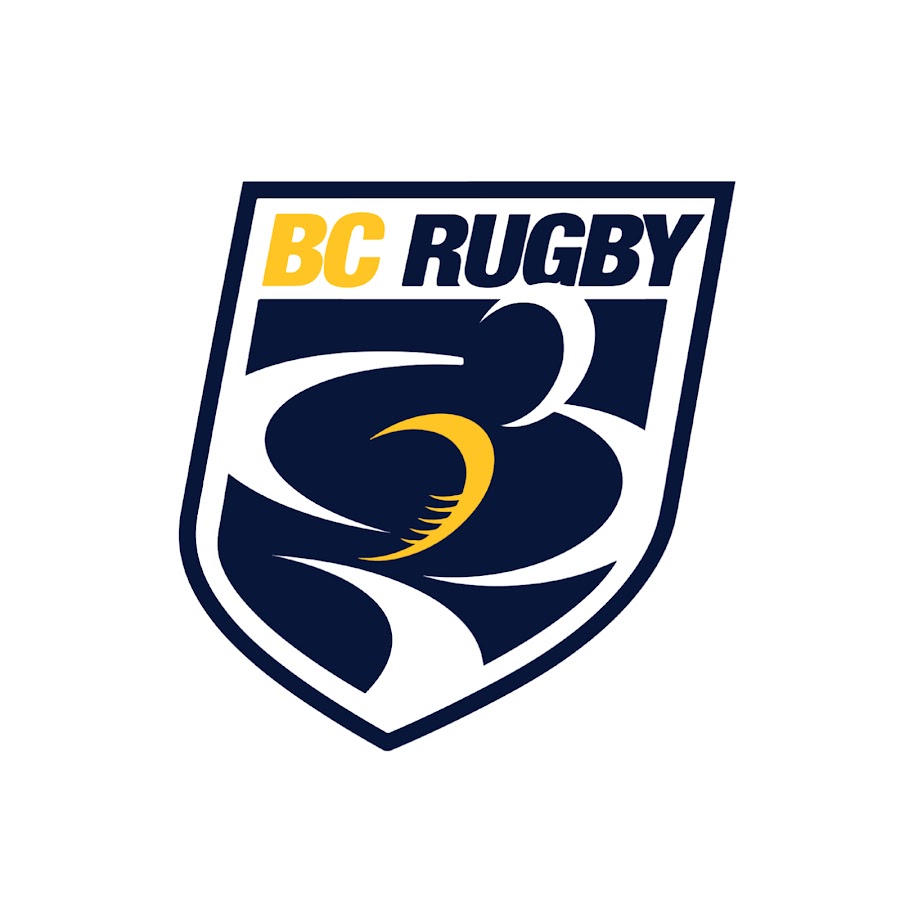BC SUMMER GAMES
Rugby Sevens
Karate made its Games debut at the Tofino 2000 BC Winter Games and has been a staple of the BC Games ever since.
Technical
Package
Technical Packages provide details of the eligibility requirements as well as event and competition information.
Provincial Sport
Organization
PSOs are the governing bodies for sports in B.C. and handle qualification, registration, and competition at the BC Games.
Frequently Asked
Questions
Have a question? We likely have the answer in our Frequently Asked Questions.
Participant
Information
Learn about qualification, registration, transportation, accommodation, food, and more.
The More You Know
The BC Rugby Union represents over 7,600 individuals registered through one of 59 community rugby clubs across the province. For more information, see their website www.bcrugby.com.
History
The origin of rugby dates back to the early 1900s and can be traced to Rugby School in Warwickshire, England. The game grew quickly throughout countries associated with the British Empire, including the first recorded game in Vancouver in 1887. The International Rugby Board (IRB) was established in 1886 and represents players in over 100 countries. Rugby has traditionally been a game played by two teams of 15 players and was part of the Olympic Games in 1900, 1908, 1920, and 1924. The growth and popularity of the high tempo, seven-a-side game led to its inclusion, for the first time, in the 2016 Olympic Games.
Rugby at the BC Games
The BC Summer Games features an under 17 girls competing in a sevens tournament. These athletes are part of the BC Rugby Union’s Elite Youth Sevens program which creates a pathway for junior athletes to realize their full potential and represent their region, province, and country in Rugby Sevens. In 2016, for the first time in the history of the inclusion of Rugby-Girls in the BC Summer Games each of the eight zones was represented.
Many athletes in BC begin with the Mini Rugby program that was launched in 1997 and attracts over 2500 participants each year. This progressive program introduces the game and passing, catching, and tackling skills at age appropriate levels, ultimately leading to decision making and game strategy by the time players are in high school programs.
Format
Rugby Sevens follows the same basic rules or ‘laws’ of Rugby with modifications of a smaller field size and shorter game time. Points are awarded for scoring a try (5 points) or kicking the ball over the crossbar of the opponent’s goal while remaining between the posts either during the play (3 points) or as a conversion to a try (2 points). If the game stops because of an infringement, play restarts with either a scrum (3 people per team), free kick, or penalty kick. If the ball goes into touch (out of the field of play), the game restarts with a line-out.
Notable Alumni
Photography
Visit the BC Games Flickr account to view more photos of Karate from the Games.


